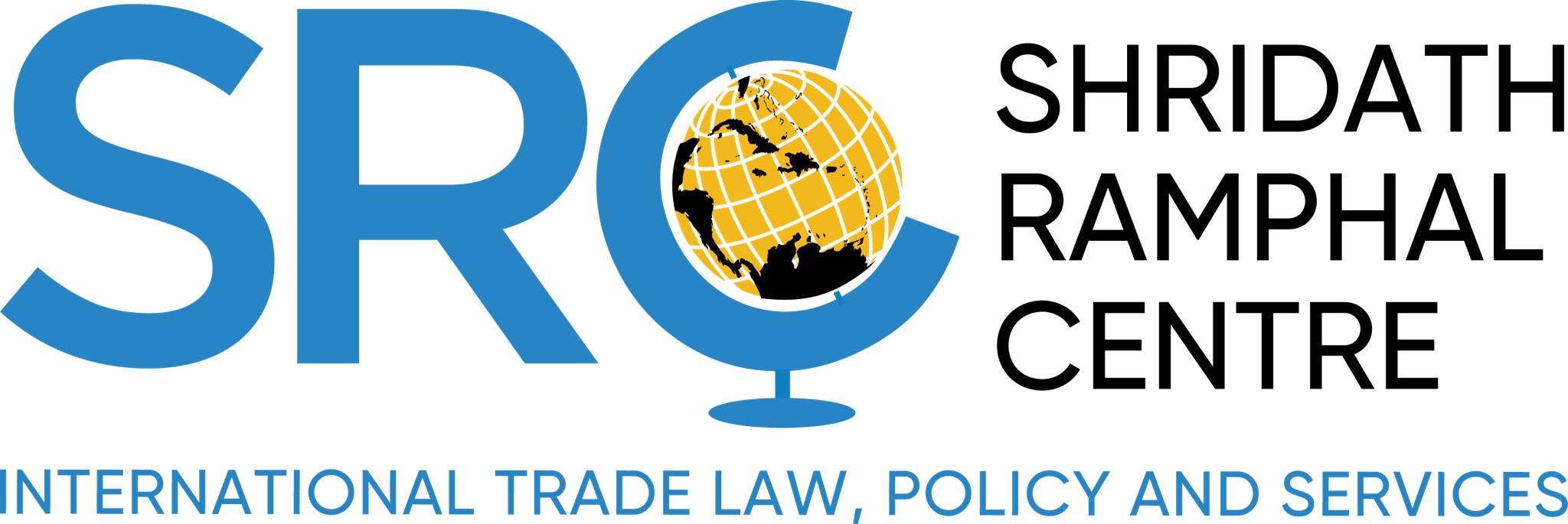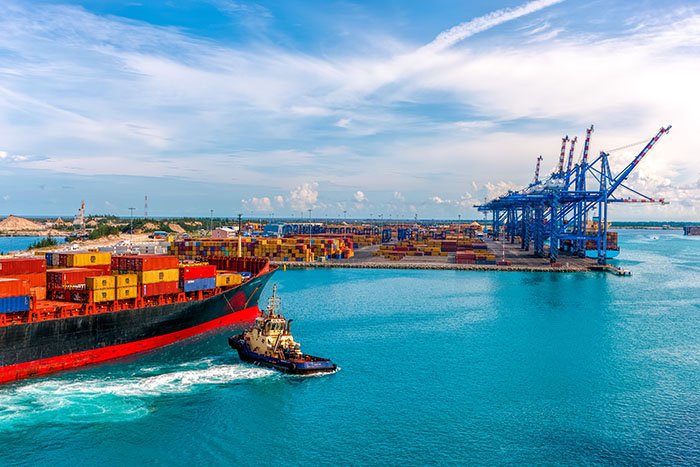By Dr. Jan Yves Remy
Whatever one might think of the politics of the Ninth Summit of the Americas due to take place 6-10 June in Los Angeles, one thing is incontrovertible: for CARICOM leaders, the hemispheric meeting is an opportunity to upgrade economic and trade relations with the United States, at the highest levels. We must not squander it.
CARICOM’s formal trading relationship with the US is outdated, fragmented and rudderless. Unlike the case with many other countries in the Western hemisphere – even the smallest ones like Central America and the Dominican Republic – CARICOM still has no bespoke reciprocal free trade agreement with the United States. Some islands, like Trinidad and Tobago, Suriname and Jamaica have formalized bilateral deals in place, but they are outdated, as are the existing preferential access agreements that originate from the 1980s. A framework agreement for trade and investment negotiated in 2013 is barebones and underutilized. While CARICOM and the United States are both Members of the World Trade Organization, they do not enjoy a particularly close relationship in that forum.
This Moment in Time
But there is a window for changing the US-CARICOM trade dynamic. At this specific juncture, US trade policy is undergoing an ideological shift. In its Trade Policy Agenda for 2022, the US has made clear that its priorities lie, not in pursuing a neo-liberal free trade agenda, but in advancing a worker-centred trade policy, accelerating decarbonization and promoting sustainable environment practices, supporting its own agriculture, bolstering supply chain resilience and combating the impacts of the pandemic. The US is also rethinking its approach to trade negotiations, cooling off on negotiations with the UK and Europe in favour of more bespoke economic arrangements with other regions, including the Indo-Pacific. China remains an ideological and economic threat, and the US will be looking to ensure that its trade arrangements shore up its geopolitical sensitivities.
While the CARICOM region does not have the advantage of huge populations or an abundance of human and natural resources, it certainly has “capital” in areas the US will find attractive. With an educated labour force and proximity to the US, we certainly can advance its nearshoring and self-sufficiency imperatives; with our democratic processes, and respect for civil liberties and the rule of law, we can promote the Biden Administration’s labour-centred agenda; and with our focus on renewable, climate change, connectivity, our development needs are perfectly aligned with the US’ pivot towards resilience, digital dominance and green recovery. It also does not hurt that a US oil company is the main investor in the world’s newest petro-state; that we are home to a globally recognized climate change champion and the US’ highest-earning female musician and fashion icon; and that the second-most powerful government official in the US has a parent from the region. The stars are perfectly aligned for re-imagining a new dawn for economic relations with CARICOM.
The Relationship Must be Reset
The US remains our largest trading partner, with estimates of the trade relationship reaching USD $35.3 billion annually. According to ITC Trade Map data, CARICOM’s exports to and imports from the US in 2019 were, respectively, 31% and 42% of total goods trade. The direction of trade clearly favours the US, since the region consistently runs a deficit in merchandise trade.
Much of the formal goods trade is conducted via duty-free access provided under the Caribbean Basin Initiative (CBI) launched in 1983 through the Caribbean Basin Economic Recovery Act (CBERA). That preferential scheme was extended under the US-Caribbean Basin Trade Partnership Act (CBTPA) in 2000, and then the Trade Act (CBTA) of 2002. The CBI has no expiration date and the CBTPA has been reauthorized through to 2030.
Trinidad and Tobago has been the leading exporter to the United States under CBERA, with main exports consisting of methanol, petroleum and petroleum-related products, liquefied natural gas (LNG), anhydrous ammonia, urea and methanol, and other non-energy products consisting of rum, aerated beverages, sugar confectionery, sauces and biscuits. Across CARICOM, other major imports from the US include food preparations, chicken, wheat and rice; and exports include shirts and other textiles.
Investment into the region by the US is also difficult to quantify. CARICOM, in general, is a net foreign direct investment (FDI) importer, with FDI inflows in 2019 recorded at around US$ 2.7 billion. The US, along with Europe and China, are among the region’s largest investors, focused on extractive sectors – like Exxon Mobil in Guyana– as well as agribusiness, power generation, utilities, infrastructure, and tourism. Nascent investment is being witnessed in the business process outsourcing (BPO) sector, where Jamaica, Barbados, Belize, Guyana and St. Lucia are making inroads. Natural gas and oil are being developed in the Southern Caribbean energy matrix (Guyana, Suriname and Trinidad and Tobago) and investors from the US have cropped up in the renewable energy sector, given the region’s 90% dependence on fossil fuels.
Despite the dominance of the US, China has become an increasingly important economic partner, with a meteoric growth in trade from US$ 1 billion to US$ 8 billion between 2002 and 2019, and a growing number of investments, particularly in the extractive sectors.
A Summit of Opportunity
With a trade surplus in the US’ favour and an outdated and fragmented architecture for conducting trade and investment negotiations, the Ninth Summit of the Americas presents an opportunity for CARICOM leaders to recast their engagement with the US on economic issues. The areas slated for discussion at the Summit align with key development priorities for CARICOM: a green future and clean energy, digital infrastructure and economic prosperity, COVID-19 recovery and pandemic resilience. CARICOM must be present to offer its own unique perspectives on these topics.
While the hemisphere-wide nature of the discussions will unlikely yield a big or singular win for CARICOM, the Summit is also an opportunity to sow the seeds for deeper, distinct and more intentional US engagement. Vice President Harris, at a recent meeting with CARICOM leaders, announced that the U.S. will convene annual meetings to continue high-level discussions and will “advance cooperation on economic recovery, the climate crisis, and security, among other areas of mutual concern.” But to date, no blueprint has been offered on how these conversations will proceed.
The Summit provides an opportunity to secure the basis for that conversation, which at the very least should include:
First, a commitment to a more formal architecture for promoting trade and investment relations which reflects new priorities and sectors of interest. The politics of the Western hemisphere do not favour a hemispheric-wide agreement like the one that the US is currently negotiating in the Indo-Pacific region, but what that economic arrangement does show is that the US can accommodate flexibility. Sectoral arrangements in areas of mutual interest can be discussed with CARICOM countries, whether the negotiations take place under the existing TIFA framework or through a new institutional arrangement. A US-CARICOM Working Group should be established to design the basis for that engagement.
Second, a commitment to embed the discussions on financial access and inclusion that US Congresswoman Maxine Waters has started in Congress, following a visit to the region to discuss the pernicious problem of “derisking”. The larger issue of CARICOM exclusion from access to certain concessional financing offered by US money lending institutions should also be discussed at the Summit.
Third, a commitment to engage more actively a wider stakeholder interest among business entities, youth and civil society. Three official stakeholder forums are being conducted at the Summit for these, but it is unclear whether any non-government CARICOM stakeholder group will be represented. This opportunity forces CARICOM leaders and the Summit organizers to make active efforts to reach out business groupings like the CARICOM Private Sector Organization (CPSO), the Caribbean Chamber of Commerce, Caribbean Export Development Agency and the Caribbean Investment Promotion Agencies and their domestic counterparts. In turn, these stakeholders must play a far more aggressive role in selling the Caribbean private sector to their counterparts in North America.
Fourth, a clear indication that the region is open to a new business relationship with the United States. Although beset by debt and facing major socio-economic challenges, the region is educated and vibrant with an entrepreneurial spirit waiting to be unleashed. New trade opportunities lie in nearshoring prospects for the BPO, captive insurance, e-commerce and logistics sectors; as well as in agribusiness, energy, fintech, health manufacturing, and the blue and orange economies. Caribbean businesses are also interested in exploring opportunities, especially in States where the majority of the CARICOM diaspora lives.
The Real Deal
The realpolitik of the Summit may prove difficult to navigate diplomatically, but the economic case is clear: the extent of our trade and investment relations with the US should make our presence at the Summit a top priority. While it would be foolhardy to expect the Ninth Summit to usher in a complete reset, it is an auspicious occasion for the region to distinguish and promote its interests at a time when the right momentum and personalities seem propitiously aligned.
Dr. Jan Yves Remy is a trade law and policy expert, who is Director of the Shridath Ramphal Centre for International Trade Law, Policy and Services. For more information, visit our website at www.shridathramphalcentre.com


